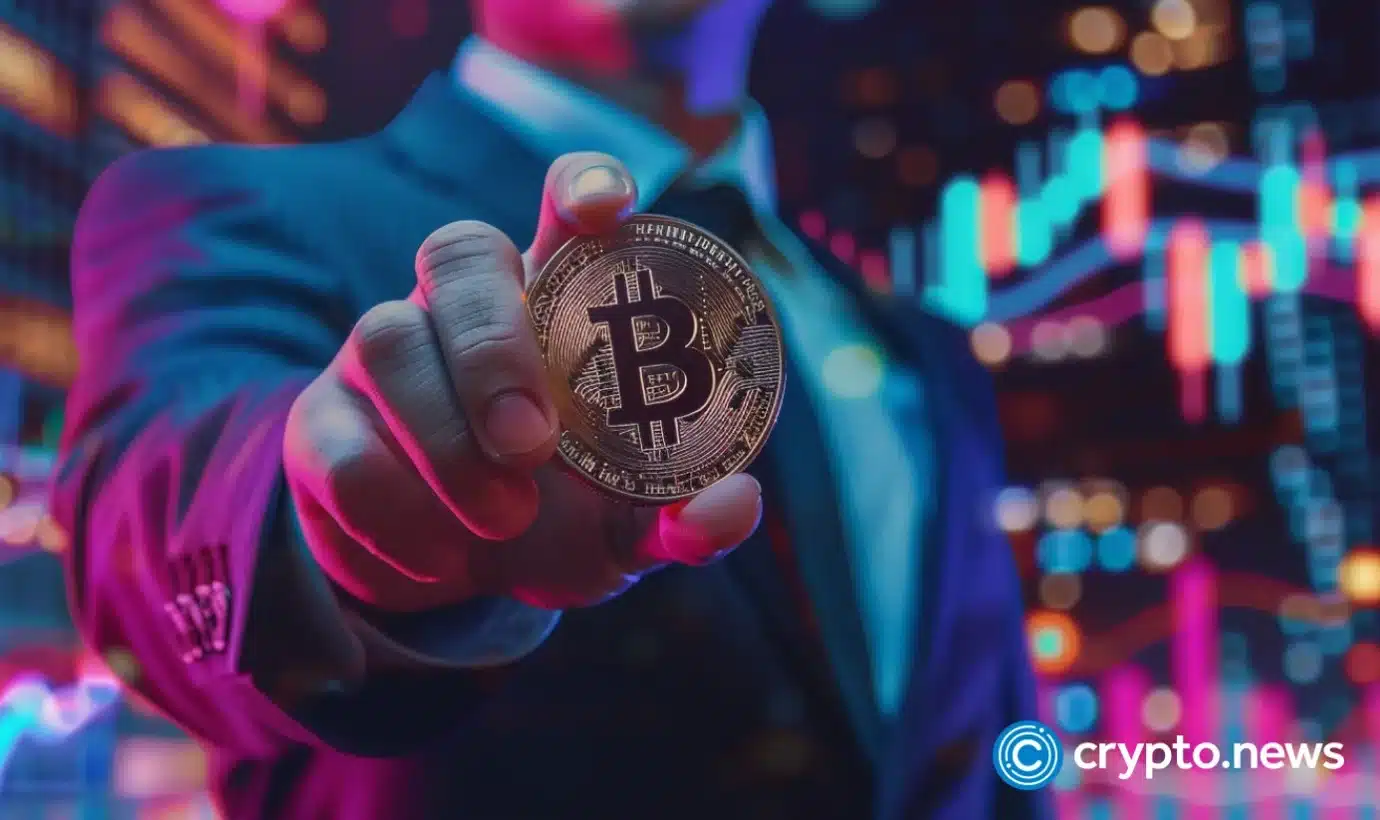Kaal Dhairya, the lead developer for Shiba Inu, clarified the development team’s stance on the highly anticipated renunciation of BONE contracts. Significantly, this move comes after increasing public pressure on the Shiba Inu team to abandon the contract for the BONE token to facilitate its listing on major platforms like Binance.
Chief Developer Shytoshi Kusama promised the team would renounce the contract by August. Moreover, he had announced the minting of the last 20 million BONE tokens in supply before initiating the contract cancellation. However, since that update, the team has been silent on the subject, causing considerable unrest among BONE holders. Consequently, many investors have expressed their dissatisfaction across social networking platforms.
Today, Dhairya broke the silence, laying out the intricate process and the technical complications of renouncing the BONE contract. He stated that the decision was not one to be taken lightly, citing the original architecture of the cryptocurrency as the culprit for the delays. The initial design, he noted, aimed to prioritize investor security. To that end, safeguards like group-controlled timelock contracts were installed to minimize human interference.
Dhairya elaborated on the upcoming testing phase, stating that the Shiba Inu team would extensively test the renunciation feature before implementing it on the mainnet. Additionally, he outlined the meticulous steps needed to cancel the contract. These steps involve creating a new pool of liquid assets, minting the required number of BONE tokens, and then proceeding with the contract termination.
The Shiba Inu development team plans to use a timelock contract with a set delay to ensure maximum security during this sensitive transition. Hence, this measure acts as an additional layer of protection, safeguarding the interests of both the developers and investors.
Dhairya emphasized that initiating the contract renunciation was already underway. However, he cautioned that the entire process would require considerable time, owing to the complex architecture and inherent safeguards. He stated, “We have already started this process, but like anything, it will need to be done very carefully and will take as much time as is needed to finish.”
Dhairya’s update may only partially quell the restlessness among BONE holders. Nonetheless, it does offer a transparent glimpse into the behind-the-scenes complexities and ethical considerations shaping this high-stakes decision. Therefore, while the crypto community may eagerly await further updates, it can take solace in the team’s dedication to procedural integrity and investor security.





